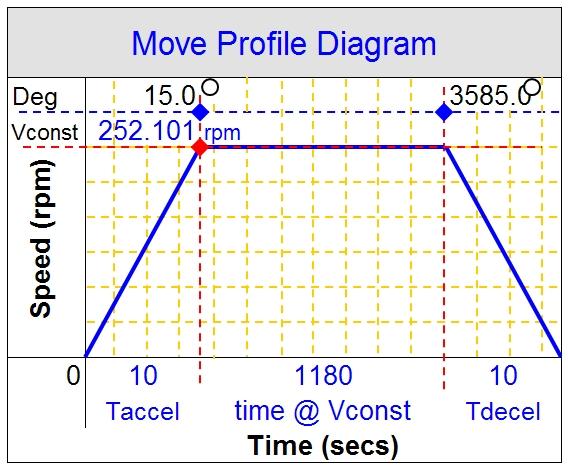Know Your Duty Cycles
The International Electrotechnical Commission (IEC) has eight classifications for duty cycles to designate a motor’s operating conditions. It’s extremely important to know the differences and to note what mode of operation each rating refers to.
When specifying a motor, it’s worth talking to a supplier that can give advice on such matters to ensure you get the performance required without paying over the odds. Here are all eight classifications and what they mean:
The motor works at a constant load for enough time to reach temperature equilibrium.
The motor works at a constant load, but not long enough to reach temperature equilibrium. The rest periods are long enough for the motor to reach ambient temperature.
Sequential, identical run and rest cycles with constant load. Temperature equilibrium is never reached. Starting current has little effect on temperature rise.
Sequential, identical start, run and rest cycles with constant load. Temperature equilibrium is not reached, but starting current affects temperature rise.
Sequential, identical cycles of starting, running at constant load and running with no load. No rest periods.
Sequential, identical cycles of running with constant load and running with no load. No rest periods.
Sequential identical cycles of starting, running at constant load and electric braking. No rest periods.
Sequential, identical duty cycles run at constant load and given speed, then run at other constant loads and speeds. No rest periods.

Caution is also advised when referencing the data from different suppliers. Some will use the peak rating (S3 or 5) in type codes, where others may use the nominal rating (S1). Also consider this when selecting a suitable drive unit.
Some drive units offer two times the nominal current for accelerating and decelerating. Others rate the peak current at three times nominal or more, often with the maximum time it is available.
Don’t hesitate to contact us for more information or more detailed technical assistance.
